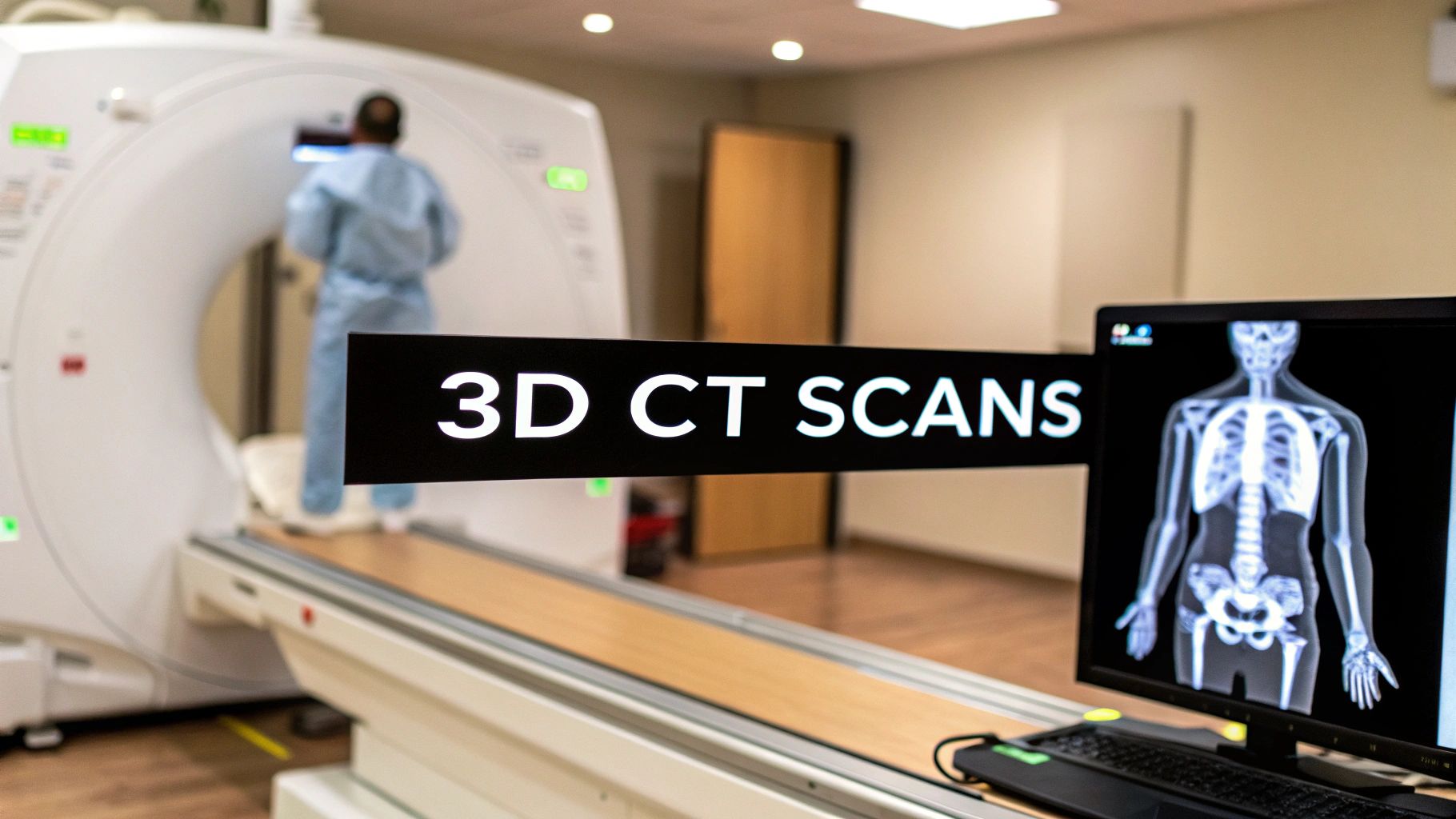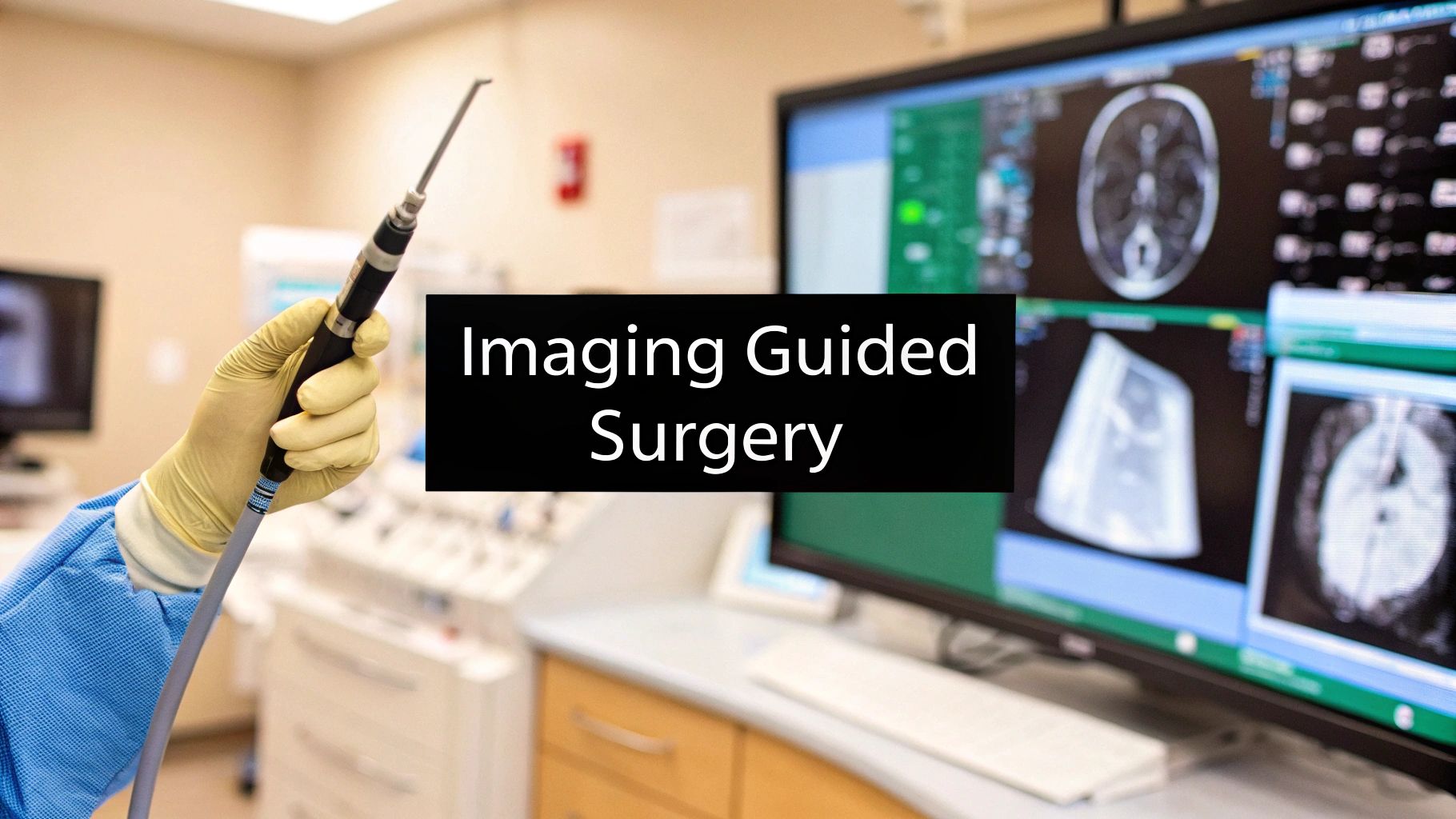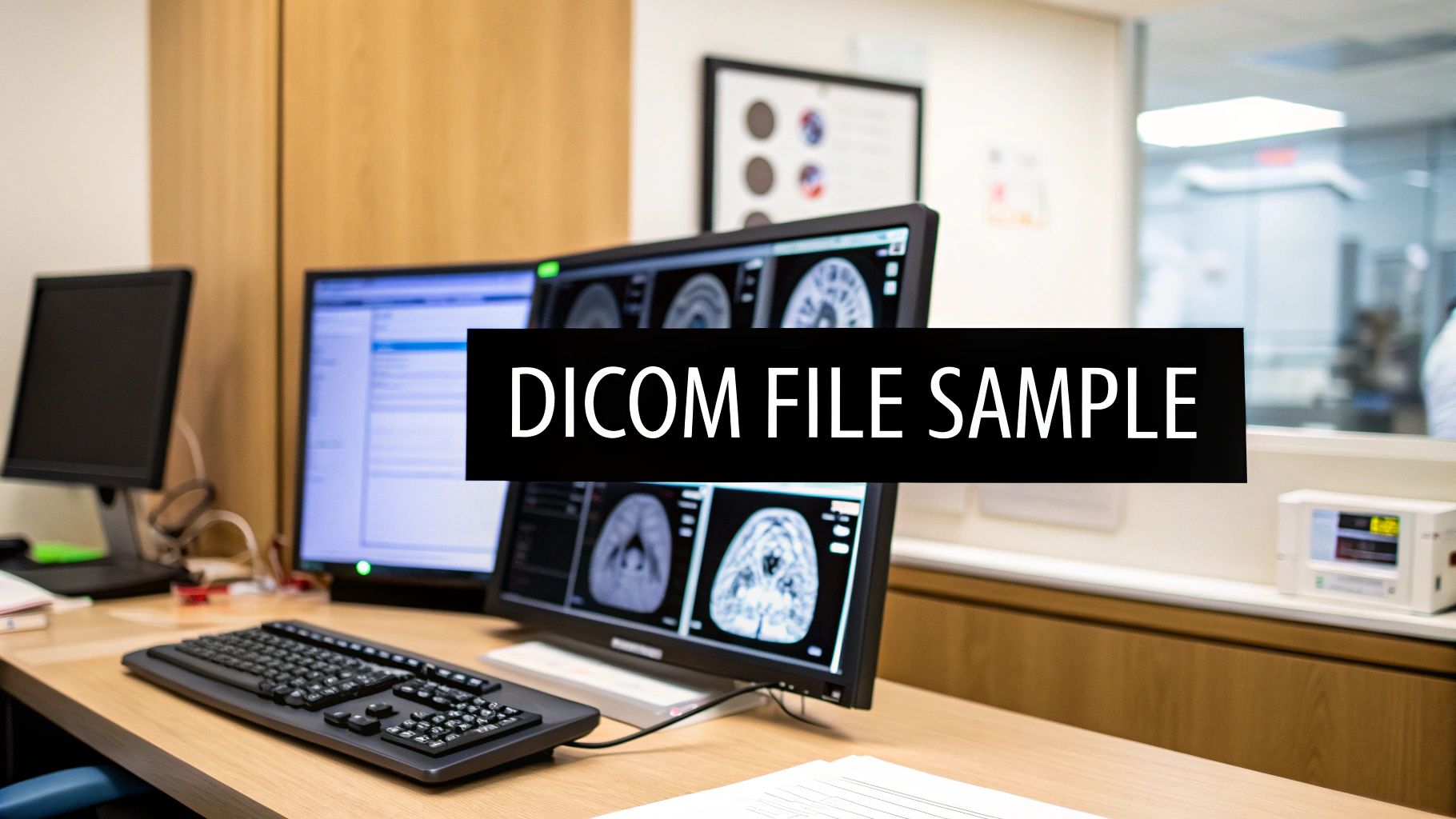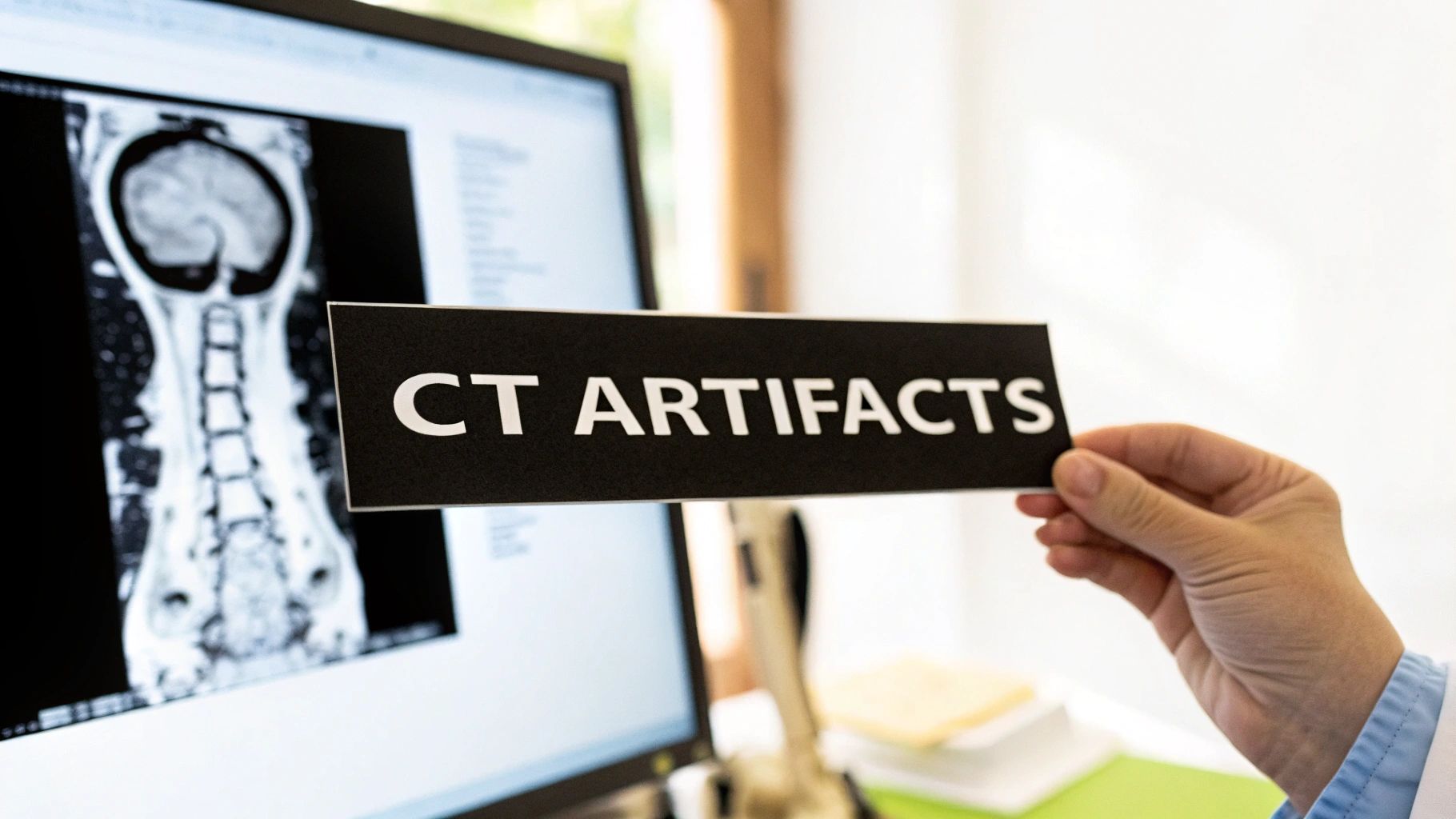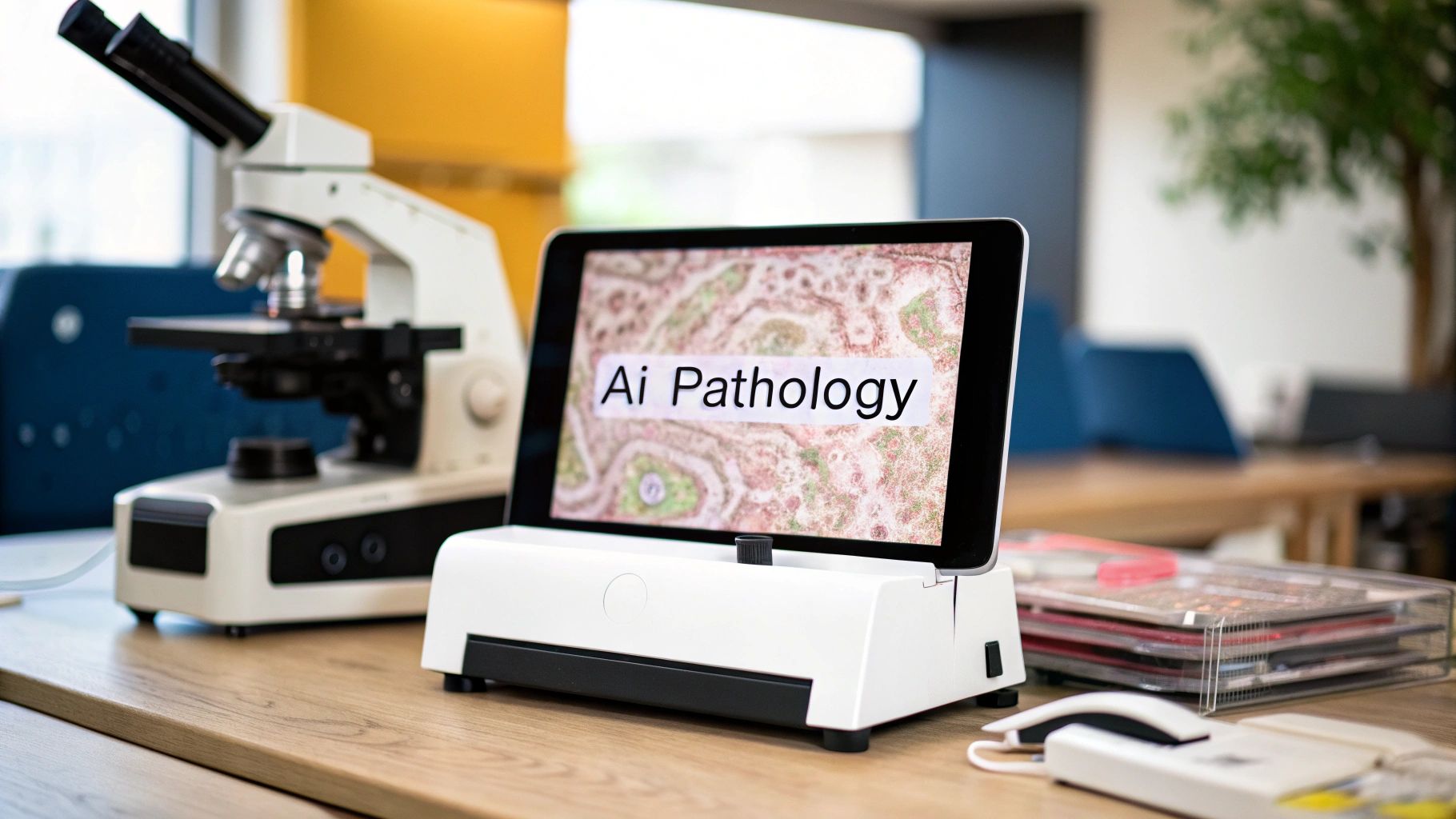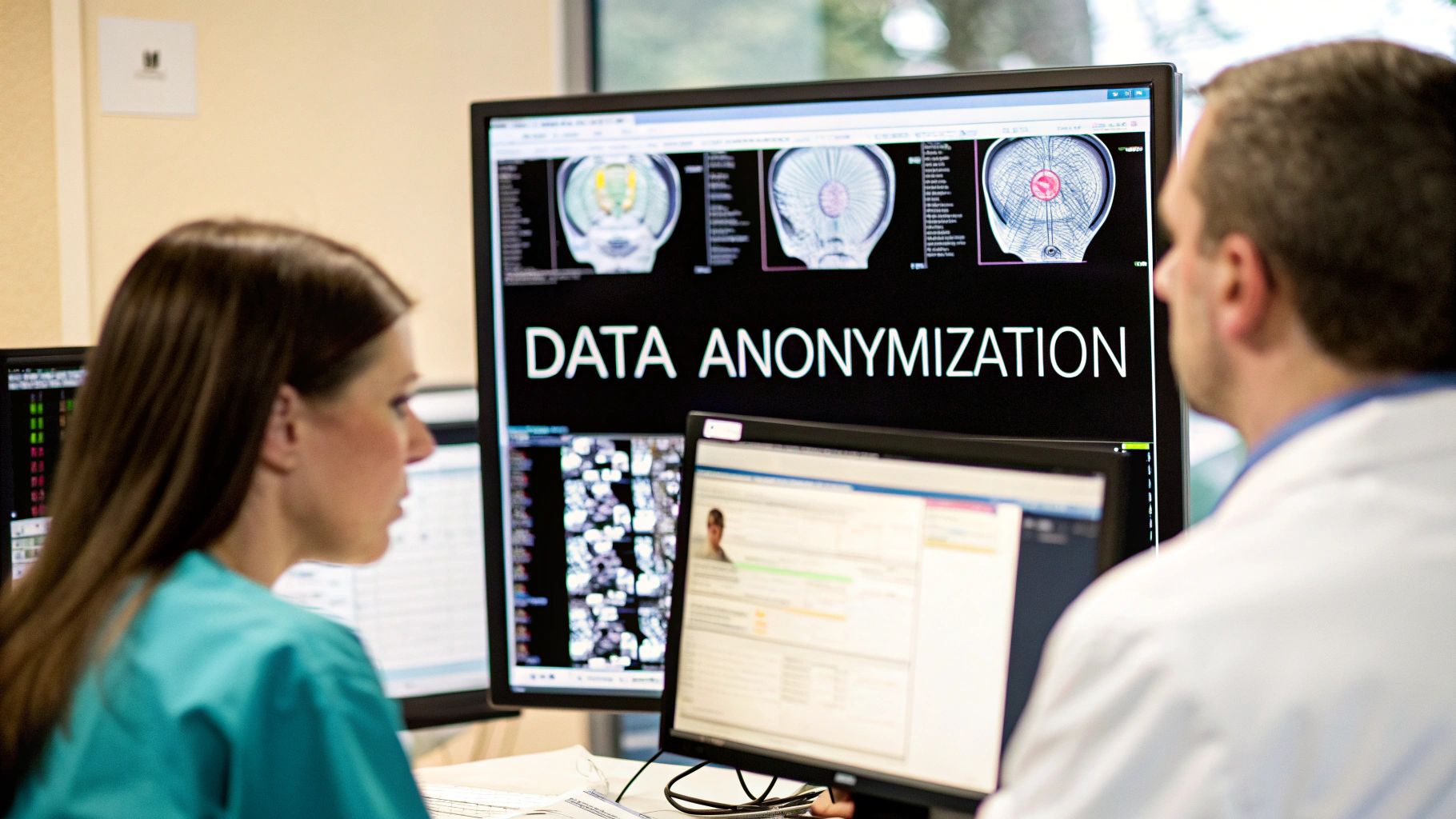Breaking Into The Medical Scribe Profession
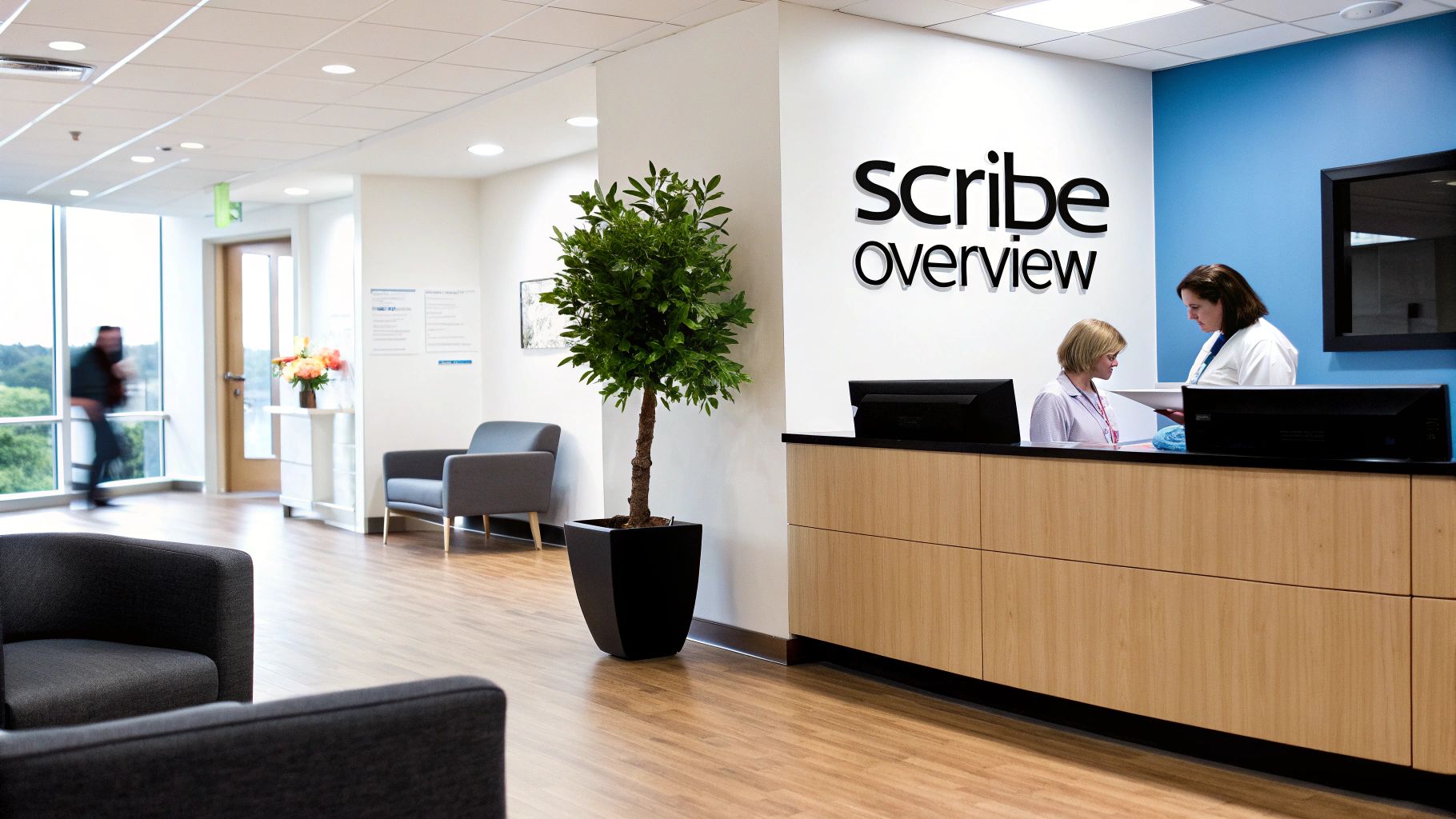
The healthcare industry is constantly changing, and the role of the medical scribe is becoming increasingly important. Medical scribes provide essential support to physicians by managing administrative tasks, including documenting patient information and working with electronic health records (EHRs). This allows physicians to focus more on patient care, leading to improved interactions and potentially better outcomes.
This support is invaluable, especially given the increasing complexities of medical documentation. It allows physicians to concentrate on their core skills – diagnosing and treating patients – contributing to a more efficient and patient-centered experience.
The growing demand for medical scribes is directly related to the rise of EHR systems and the need for accurate medical documentation. As healthcare becomes more technologically advanced, precise data entry and management become even more critical. This, in turn, fuels the need for skilled medical scribes. The industry’s growth reflects this need. As of 2022, the global transcription market, which includes medical scribing, was valued at USD 25.98 billion and is projected to grow at a CAGR of 5.8% until 2030. More detailed statistics can be found here: The Future of Medical Scribing.
Understanding The Medical Scribe's Role
The medical scribe acts as a real-time documenter, accompanying physicians during patient encounters and meticulously recording all necessary information. They function as the physician’s assistant, ensuring that every detail – from medical history and physical exam findings to diagnoses and treatment plans – is accurately recorded in the EHR.
This real-time documentation improves accuracy and saves physicians valuable time. Medical scribes often assist with other administrative tasks, such as ordering tests, managing referrals, and handling prior authorizations.
Starting Your Medical Scribe Journey
How can you break into this expanding profession? Here are some key steps for aspiring medical scribes:
- Gain Relevant Experience: Prior experience in a healthcare setting, such as volunteering at a hospital or clinic, is highly beneficial. Shadowing a physician or other healthcare professional can also offer valuable insights.
- Develop Essential Skills: Strong typing skills, excellent communication, and attention to detail are essential. A solid understanding of medical terminology and anatomy is also highly recommended.
- Seek Formal Training: While not always required, completing a medical scribe certification program can significantly enhance your credentials and job prospects. These programs offer structured learning and practical training.
- Network Strategically: Attending healthcare industry events and connecting with professionals can open doors to job opportunities and build valuable relationships.
Entering the medical scribe profession requires dedication and preparation. By understanding the role, honing necessary skills, and strategically seeking opportunities, aspiring scribes can position themselves for success in this rewarding field.
Essential Skills That Set Top Medical Scribes Apart
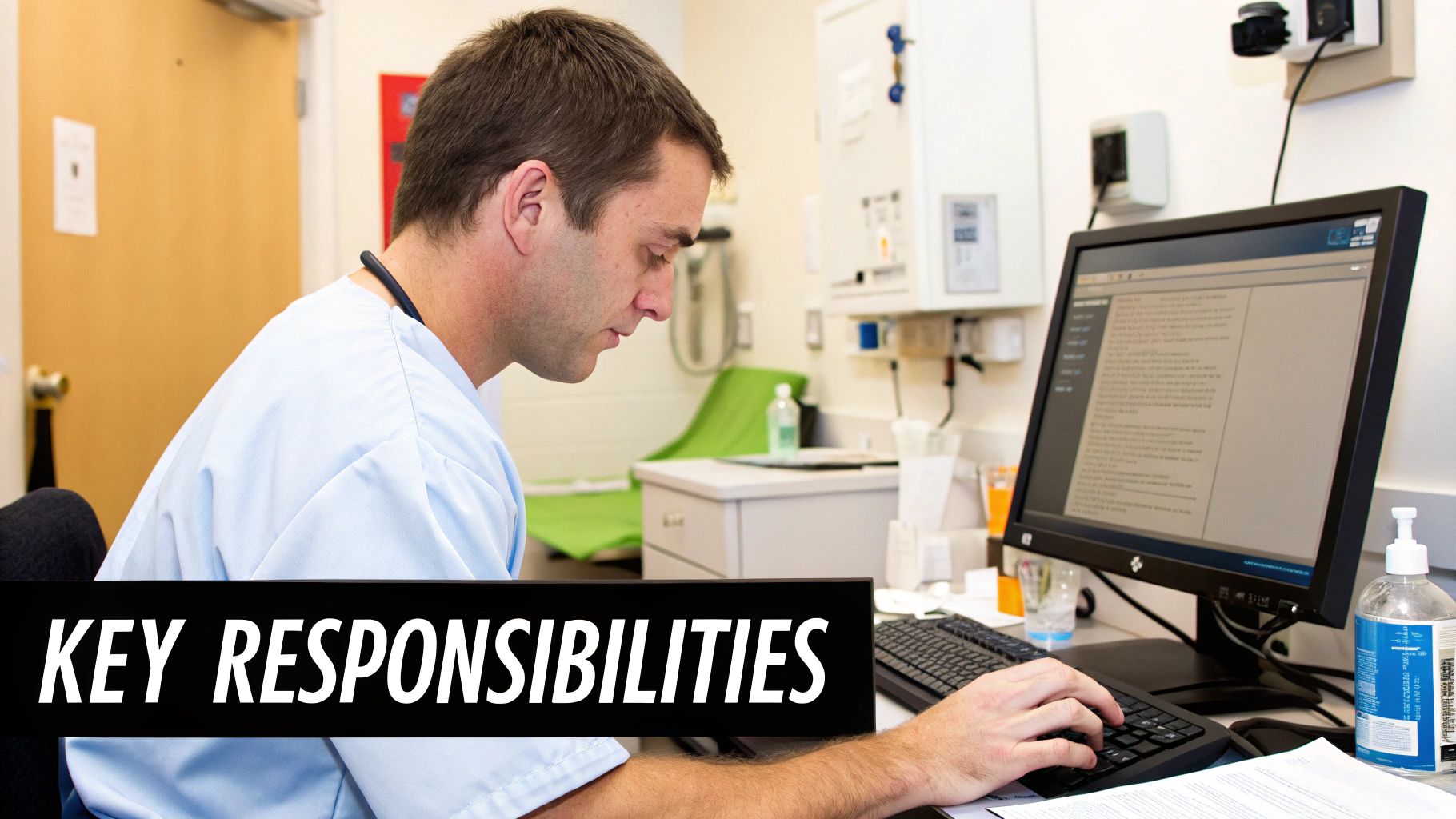
Becoming a successful medical scribe demands more than quick typing. Technical skills are vital, but top medical scribes also possess essential soft skills that elevate their performance in this demanding field. This powerful combination allows them to thrive in the fast-paced medical environment, offering invaluable support to physicians. So, what are these key skills, and how can aspiring medical scribes develop them?
Mastering the Technical Aspects of Medical Scribing
Technical proficiency forms the foundation of a successful medical scribe career. This includes a strong grasp of medical terminology, familiarity with Electronic Health Record (EHR) systems, and efficient, accurate documentation. These skills ensure the medical record precisely reflects the patient's condition and the physician's treatment plan.
-
Medical Terminology: A solid understanding of medical terminology is crucial for accurately interpreting and documenting physician-patient interactions.
-
EHR Proficiency: Healthcare settings utilize various EHR systems like Epic or Cerner. Adaptability and quick learning are vital for medical scribes to master new software efficiently.
-
Typing Speed and Accuracy: Fast and accurate typing is fundamental for real-time information capture during patient encounters.
The Importance of Soft Skills in Medical Scribing
While technical skills are essential, soft skills distinguish truly exceptional medical scribes. These skills facilitate effective communication, adaptability in dynamic healthcare environments, and proactive problem-solving, contributing to a smoother, more efficient workflow.
-
Communication: Clear, concise communication with physicians and other healthcare professionals ensures accurate documentation and efficient workflow.
-
Adaptability: Medical settings are often unpredictable. The ability to adjust to changing situations and prioritize tasks is paramount. For instance, a scribe might need to quickly shift from documenting a routine checkup to assisting with an emergency.
-
Attention to Detail: Accuracy is critical in healthcare documentation. Medical scribes must meticulously record information to prevent errors that could negatively affect patient care.
-
Professionalism and Ethics: Maintaining patient confidentiality and adhering to HIPAA regulations is non-negotiable. This includes maintaining a professional demeanor and always respecting patient privacy.
Certifications and Continuing Education for Medical Scribes
Although not always required, certifications can enhance career prospects. They demonstrate professional development and a deep understanding of the field, giving candidates a competitive edge. Continuing education is vital for staying up-to-date with evolving medical practices and technologies.
Choosing the right certification matters. A specialized medical scribing certification holds more weight with hiring managers than a general medical terminology certification, signaling a dedicated focus on the specific skills required for this role. By honing both technical and soft skills, aspiring medical scribes can position themselves for success in this expanding field.
Why Medical Scribes Are Healthcare's Rising Stars

The healthcare industry is witnessing a surge in demand for skilled medical scribes, fundamentally changing how care is delivered. This isn't just a temporary trend; it signifies a deeper shift driven by key forces impacting the medical field. These include the pressing need to address physician burnout and the continuous drive to elevate patient satisfaction. Let's explore the core reasons behind this growing demand.
Market Forces Driving the Demand for Medical Scribes
A primary driver is the widespread implementation of Electronic Health Record (EHR) systems. While EHRs offer numerous advantages, they also place a significant documentation burden on physicians. Medical scribes alleviate this, freeing physicians to focus on patient interaction and care. This shift promotes increased efficiency and has the potential to improve patient outcomes, both critical goals in today's healthcare landscape.
Patient satisfaction scores often see a boost when physicians can dedicate more time to patients rather than computer screens.
Another key market force is the rise of telehealth. As virtual healthcare expands, so does the necessity for meticulous documentation of online consultations. Medical scribes are ideally suited to ensure accurate and comprehensive records for these virtual visits. This precise documentation is essential for care continuity and clear communication among healthcare providers. The burgeoning telehealth sector further solidifies the role of medical scribes within the healthcare system.
Furthermore, the global medical transcription services market, which includes medical scribing, is projected to reach $125 billion by 2031, growing at a CAGR of 6.1%. This growth is fueled by several factors, including the increasing automation in patient record keeping, advancements in voice recognition technology, the migration to cloud technology, and the globalization of the workforce. For more detailed statistics, explore the resources available on Automation in Patient Record Keeping.
Diverse Employment Opportunities for Medical Scribes
Medical scribes enjoy diverse employment opportunities across various healthcare settings. Hospital systems, specialty practices, and the ever-expanding telehealth platforms all offer distinct career paths. Each setting provides unique learning experiences and opportunities for specialization.
-
Hospital Systems: Hospital-based scribes typically work in a fast-paced environment, gaining exposure to a wide range of medical conditions and procedures. This broad experience provides a strong foundation for those considering future careers in healthcare.
-
Specialty Practices: Scribes working in specialized practices acquire in-depth knowledge within specific medical fields, from cardiology to dermatology. This focused experience can be invaluable for scribes aiming to advance within a particular specialty.
-
Telehealth Platforms: The flexibility of telehealth allows scribes to work remotely, providing crucial documentation support for virtual patient encounters. This expanding field presents unique advantages and challenges for medical scribes.
Before we delve further into career options, let's examine the current demand and projected growth across different settings:
Medical Scribe Employment Growth by Healthcare Setting
| Healthcare Setting | Current Demand | 5-Year Projection | Average Salary |
|---|---|---|---|
| Hospital Systems | High | Moderate Growth | $35,000-$45,000 |
| Specialty Practices | Moderate | High Growth | $40,000-$50,000 |
| Telehealth Platforms | High | Highest Growth | $30,000-$40,000 |
This table provides general ranges and may vary based on location, experience, and specific employer.
As shown in the table, while hospital systems currently have high demand, telehealth platforms are projected to experience the highest growth in the coming years, followed by specialty practices. This reflects the overall trend of increasing virtual care adoption and the need for specialized support in various medical fields.
The expanding array of employment options positions the medical scribe role for continued growth and development within the healthcare industry. As technology continues to advance, the skills and expertise of medical scribes are increasingly sought after, creating exciting career paths for those interested in this dynamic field.
Inside a Medical Scribe's Workday: The Unfiltered Truth

What does a typical day look like for a medical scribe? The truth is, there's no single "typical" day. The work is dynamic and varies considerably based on the specific healthcare setting. Understanding the core responsibilities and common challenges, however, offers valuable insight into this demanding yet rewarding career.
Pre-Shift Preparation: Setting the Stage for Success
A medical scribe's day often starts before patients arrive. This pre-shift period involves reviewing patient schedules and familiarizing themselves with relevant medical histories. They also ensure all necessary equipment and Electronic Health Record (EHR) systems are functioning correctly. This preparation is essential for maintaining organization and effectively managing the often unpredictable flow of a clinical environment. In a fast-paced emergency department, for example, a scribe needs to be ready for anything from routine check-ups to critical trauma cases.
In the Thick of It: Real-Time Documentation and Physician Support
Once the clinic or hospital opens, the medical scribe becomes a vital part of the healthcare team. Shadowing physicians during patient encounters, they meticulously document crucial information in real-time. This includes recording patient history, physical exam findings, diagnoses, treatment plans, and orders for tests or medications. A medical scribe must be proficient at capturing these details quickly and accurately, often while multitasking in a busy clinical setting. Strong attention to detail and excellent typing skills are therefore key to success in this role.
Post-Visit Documentation: Ensuring Accuracy and Completeness
A medical scribe's duties extend beyond the patient encounter itself. After each visit, they finalize the documentation process. This includes reviewing their notes for accuracy, clarifying any uncertainties with the physician, and ensuring all necessary information is recorded in the EHR. This post-visit work is critical for maintaining comprehensive medical records and facilitating clear communication between healthcare providers. Medical scribes also frequently assist with other administrative duties, such as managing referrals or handling prior authorizations, which further streamlines the physician’s workload.
Challenges and Rewards: The Unfiltered Truth About Medical Scribing
While medical scribing provides unique opportunities for professional growth, it also presents distinct challenges. Mastering complex medical terminology, adapting to different EHR systems, and managing workflow disruptions are just a few of the obstacles scribes encounter. However, the ability to directly contribute to patient care, develop strong working relationships with physicians, and gain invaluable healthcare experience are just some of the rewarding aspects that attract individuals to this profession. This balance of challenges and rewards makes medical scribing a particularly fulfilling career for those who thrive in dynamic environments.
Leveraging Your Medical Scribe Experience For Career Growth
Working as a medical scribe is more than just a job; it's a crucial stepping stone for a future in healthcare. This experience provides significant advantages for those aspiring to be physicians, physician assistants, or nurses. The skills and knowledge gained translate directly into stronger applications for professional schools and an easier transition into clinical practice.
Strengthening Applications and Shortening the Learning Curve
Medical scribe experience bolsters professional school applications in several ways. It demonstrates a genuine interest in medicine and provides direct exposure to clinical settings and medical terminology. This shows admissions committees that an applicant truly understands the demands of healthcare.
Furthermore, medical scribes become proficient in using Electronic Health Record (EHR) systems like Epic and handling medical documentation. This practical knowledge shortens the learning curve once in a clinical role, allowing new professionals to concentrate on patient care immediately. For example, former medical scribes starting nursing school often already possess a solid grasp of medical terminology and charting procedures, giving them a head start.
Mentorship and Networking Opportunities
Working closely with physicians provides medical scribes with invaluable mentorship opportunities. This close interaction offers insights into the daily life of a physician and the nuances of patient care. Scribes gain a better understanding of different medical specialties, which can be beneficial when making career choices and offer support during the rigors of professional school.
The medical scribe position also fosters networking opportunities. Interacting with physicians, nurses, and other healthcare professionals allows scribes to build connections for future career advancement. These connections can lead to valuable guidance, letters of recommendation, and potential job prospects.
Developing Transferable Skills and Building a Professional Identity
Medical scribes develop a range of transferable skills essential for any healthcare profession. These skills include clear communication, attention to detail, adaptability, and proficiency in medical terminology and EHR systems. A scribe's ability to concisely document complex medical situations translates directly into the effective communication skills required by any healthcare professional.
By actively engaging in their roles, medical scribes cultivate a professional identity within the healthcare system. This can lead to numerous career opportunities down the line.
Balancing Work and Education: Strategies for Success
Many medical scribes balance their work with ongoing education. This requires excellent time management and organizational skills. Creating a study schedule and setting achievable goals is vital.
Here are some tips for balancing work and education:
- Prioritize Tasks: Identify the most critical tasks for both work and school.
- Utilize Downtime: Make the most of breaks at work or commute time for studying.
- Seek Support: Connect with other medical scribes who are also students to create a support system.
To illustrate the impact of medical scribing experience on future healthcare careers, let's take a look at some statistics:
Career Paths After Medical Scribing Experience
| Future Career | Percentage of Former Scribes | Advantage in Admission/Hiring | Average Time to Advancement |
|---|---|---|---|
| Physician | 45% | Significant | Varies |
| Physician Assistant | 25% | Notable | Varies |
| Registered Nurse | 15% | Moderate | Reduced by 1-2 years |
| Healthcare Administration | 10% | Moderate | Reduced by 1-2 years |
| Other Healthcare Related Fields | 5% | Moderate | Varies |
This table highlights the significant percentage of former medical scribes who pursue careers as physicians and physician assistants, demonstrating the strong foundation this experience provides. Additionally, the advantage in admission and hiring, along with the potential for faster advancement, reinforces the value of medical scribing.
By strategically using their experience, medical scribes can create a strong foundation for a successful healthcare career. This unique position bridges the gap between education and practice, paving the way for a rewarding and impactful future.
Your Medical Scribe Career Launch: Step-by-Step Guide
Transforming your aspiration of becoming a medical scribe into a reality requires a strategic approach. This guide offers a practical roadmap, incorporating insights from industry experts, to navigate the path to a successful medical scribe career.
Crafting a Standout Application
Your application is the first impression you make on potential employers. A compelling resume and cover letter are essential for getting your foot in the door.
-
Resume Optimization: Focus on highlighting relevant skills such as medical terminology knowledge, EHR proficiency, typing speed, and any prior healthcare experience. Use a resume template specifically designed for medical scribe positions to showcase your qualifications effectively. Quantify your achievements whenever possible. For example, instead of saying "Improved documentation efficiency," state "Increased documentation efficiency by 15%."
-
Compelling Cover Letter: Your cover letter should not simply reiterate your resume. Instead, it should narrate your passion for healthcare and explain why you are drawn to the medical scribe role. Showcase your understanding of the profession and connect your skills to the specific requirements of the position.
Evaluating Training Pathways
Several training options exist for aspiring medical scribes, each with its own advantages and investment value.
-
Hospital-Based Programs: Some hospitals offer internal training programs for medical scribes, providing hands-on experience within their specific EHR system.
-
Nationally Recognized Certifications: Various organizations offer medical scribe certifications that demonstrate a commitment to the profession and validate essential skills.
-
Online Courses: Online training programs provide flexibility and convenience for individuals who prefer self-paced learning.
Consider the cost, time commitment, and potential return on investment when selecting a training pathway. While certifications can enhance your credentials, focus on developing a well-rounded skill set that aligns with employer expectations.
Mastering the Interview Process
The interview is your opportunity to demonstrate your value and solidify your candidacy. Preparation is key to navigating this critical step.
-
Research the Employer: Understand the healthcare setting, the physician's specialty, and the specific needs of the organization.
-
Practice Common Interview Questions: Prepare for questions about your medical terminology knowledge, EHR proficiency, communication skills, and ability to handle stressful situations. Use the STAR method (Situation, Task, Action, Result) to structure your answers, providing concrete examples of your skills and experience.
-
Prepare Questions to Ask: Asking thoughtful questions demonstrates your genuine interest and allows you to gather important information about the position and the organization.
Highlighting Relevant Pre-Scribe Experiences
Even without prior medical scribe experience, you can leverage other experiences to strengthen your candidacy.
-
Volunteer Work: Volunteering in a healthcare setting, such as a hospital or clinic, showcases your commitment to patient care and provides exposure to the clinical environment.
-
Shadowing Experiences: Shadowing a physician or other healthcare professional offers valuable insight into medical practices and demonstrates your interest in medicine.
-
Customer Service Roles: Prior experience in customer-facing roles can highlight your communication and interpersonal skills, which are essential for interacting with patients and healthcare teams.
By following these steps, aspiring medical scribes can successfully launch their careers and position themselves for continued growth within this dynamic and rewarding field. The journey requires dedication and effort, but the rewards of contributing to patient care and gaining invaluable healthcare experience make it a worthwhile investment.
Looking to enhance medical imaging through AI? PYCAD offers comprehensive solutions, from data handling and model training to deployment and support. Learn more about how PYCAD is transforming medical imaging.

